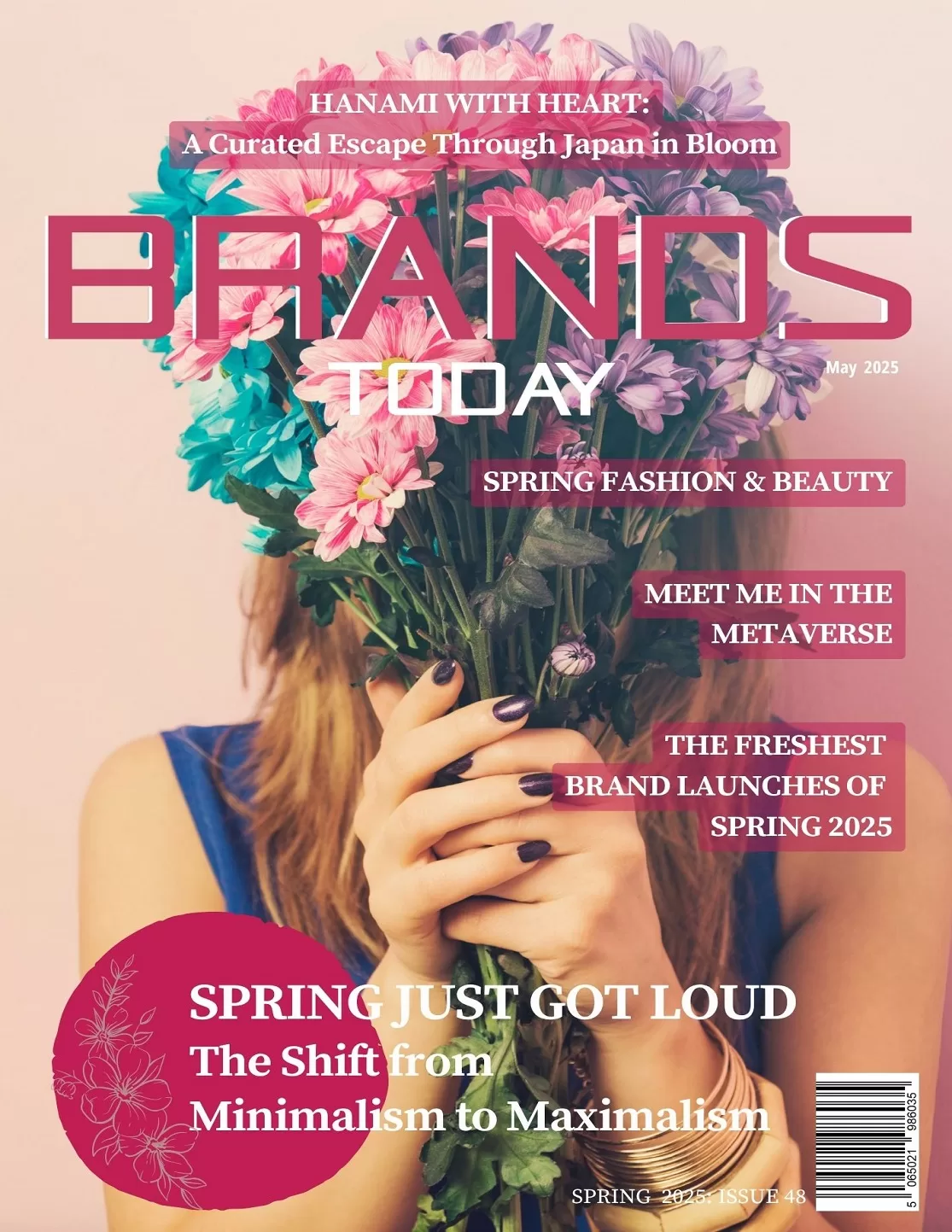Move Over, Cartier: Laopu Is Defining What Luxury Means in China

- Valuation-wise, over $15 billion was attained by Laopu following its IPO, in favour of domestic luxury.
- With rising competition from local brands that have cultural resonance, Western giants such as Cartier report declining sales in China.
A few months ago, during a dinner in Shanghai with a group of fashion editors and retail analysts, someone held up a ring—elegant, clean, and unmistakably Chinese. “Laopu”, she said. Heads nodded. Not surprised. Just impressed.
Laopu is no longer just a new name in luxury. It is the name that’s come to signify how deep the transformation in China’s jewellery market has gone.
Legacy brands like Cartier have long been synonymous with success in China. Yet recent earnings tell a different story: Richemont, Cartier’s parent company, has reported sales declines in Asia Pacific, including China, amid growing local competition. While some quarterly figures suggest up to 27% drops in specific divisions, the overall decline for China has varied depending on the segment and period, with confirmed year-end figures showing notable pressure.
The $15 Billion Moment
Laopu’s public listing on the Hong Kong Stock Exchange was more than a financial milestone. The company’s valuation has surpassed USD 19 billion, making the earlier $15 billion figure not just accurate, but conservative.
This valuation places Laopu in direct conversation with global jewellery houses, not just in pricing, but in prestige.
Much of Laopu’s appeal stems from its quiet refusal to imitate European brands. Instead, it builds on Chinese design language: gold filigree rooted in dynastic motifs, jade paired with modern silhouettes, and traditional knot work crafted with laser precision.
What Cartier Can’t Translate
Cartier remains widely respected. Its panther motif, the Love bracelet, the tank watch—they still generate interest. But consumer attention is fragmenting. Younger shoppers are questioning what these symbols mean to them personally.
Walk through luxury districts in Chengdu or Nanjing today, and you’ll see the same boutiques: Cartier, Bulgari, and Van Cleef. But the buzz is increasingly elsewhere. At pop-ups. On Douyin. In livestreams.
Engagement on Douyin with local jewellery brands like Laopu is rising sharply. Successful livestreams often attract over 100,000 viewers, especially during major product launches and promotional campaigns. While exact session figures aren’t always public, this level of engagement is consistent with trends seen across popular brand content on the platform.
It’s About More Than Jewellery
The appeal of brands like Laopu goes beyond the product. It’s rooted in cultural confidence.
Many Chinese shoppers no longer see foreign luxury as aspirational. They’re seeking something reflective—something personal. Domestic jewellery brands understand this. They aren’t just selling design. They’re telling stories that consumers already know but have never seen commercialised at this level.
From packaging inspired by Chinese scrolls to campaign visuals shot in Suzhou’s classical gardens, every touchpoint reaffirms heritage.
Makeup Joins the Movement
While the core focus remains on jewellery, it’s worth noting parallel shifts in beauty. Mao Geping, a luxury makeup brand, has become a fixture in this movement. Known for products that resemble artefacts, its commitment to Chinese opera and theatrical traditions draws the same type of loyalty Laopu commands.
The relevance? They’re building the same emotional ecosystem—luxury that feels like home.
From Local Stardom to Global Curiosity
[Correction: The previous version contained an unverified claim regarding Victor Wembanyama wearing Laopu jewellery.] Based on available reporting, this is incorrect and should not have been included.
While global celebrities have not yet consistently spotlighted Chinese jewellery brands, growing international awareness suggests this crossover is possible. As domestic brands scale and refine their global messaging, such moments of recognition are increasingly likely.
The Numbers Behind the Shift
- Richemont (Cartier) reported a sales decline in Asia Pacific markets, including China, with divisional drops up to 27% in some quarters.
- Laopu IPO valuation: over USD 19 billion (as of June 2025)
- Mao Geping’s exhibitions have drawn large crowds, though precise attendance numbers remain unverified
- Engagement levels on Laopu’s Douyin campaigns frequently exceed 100K viewers, especially for featured product drops
These figures are not fringe. They reflect emerging consumer behaviour.
The Role of Platforms
Unlike traditional Western jewellery houses that rely on magazine spreads and global flagship stores, Chinese brands are thriving on native platforms: Douyin, Xiaohongshu, and WeChat.
These are not only sales channels—they’re content ecosystems. Every scroll, like, and comment feeds into a dynamic storytelling loop. Jewellery isn’t presented as an accessory. It’s framed as an heirloom reimagined for modern life.
Legacy players entering these platforms often repurpose global campaigns. Domestic brands? They’re creating for these platforms from the ground up.
What Happens Next
This isn’t a passing moment. Laopu’s rise and the accompanying cultural shift have reshaped the luxury jewellery conversation in China.
Western brands are still welcome. But they are no longer the default.
As Chinese consumers elevate local luxury, they’re sending a message: status is no longer imported. It’s created, curated, and deeply rooted in the culture they live in every day.
This redefinition of luxury doesn’t require validation from Paris, Geneva, or Milan. It’s being authored in Beijing, Shanghai, and Hangzhou.
And for now, it’s being led by jewellery.















